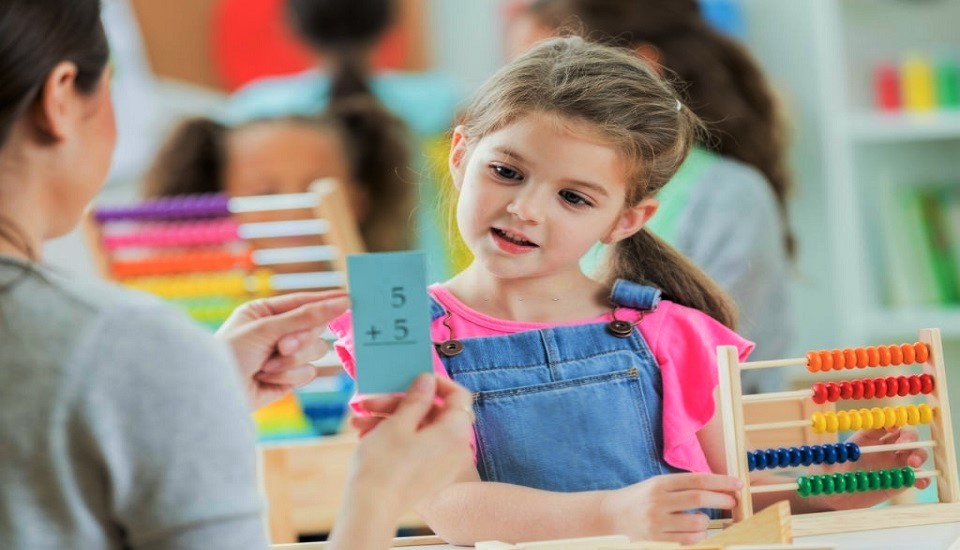All the learners hold unique characteristics and strengths and weakness. Thus, their learning styles, method of learning differs from individual to individual. There are some learners who might have learning disabilities or might be slow at learning. Nowadays, school have inclusive classroom so there can be some children who might be slow learners and some might be fast learners.
So as teacher we need to consider various issues faced by the slow learners and understand their needs and requirements. Dyscalculia is one such learning disability that is seen in learners.
Dyscalculia is the disability where learners find difficulty in learning or comprehending mathematical tricks and theorems like finding difficulty in manipulating numbers, performing mathematical calculations, mathematical facts, etc.
What are the symptoms for children with Dyscalculia?
Children may find difficulty in counting numbers or might lose the track of the count. The child with dyscalculia will find anxiety and will get panic when counting numbers. When we say mathematics here, we need to consider the different factors of Arithmetic like subtraction, addition, multiplication, division, factors, graphs, charts, etc. This can lead to difficulty in remembering the zip codes, phone numbers, monetary calculations, etc. this can have major effect in their adulthood.
Educators need to go a step extra to help learners and meets their requirements.
Following are some of the tips for the teachers –
- Plan lesson specially: Teachers can specially plan lessons to cater the learning needs and help them lower their anxiety. The learners with dyscalculia will take time to understand the lessons but given the time, gradually they will try and overcome this anxiousness. Educators need to take that extra effort to design lesson according to their comfort and convenience.
- Involve games: Make your lessons as much creative and fun! Involve games in your lessons so that the lesson does not go boring. Play based learning should be encouraged. Even maths can be taught through games and activities. Most of the teachers still follow the traditional method of teaching. There should be involvement of games, activities, worksheets, etc. to make learning more enriching and fun.
- Practice: The children with Dyscalculia should be given more practice questions than the normal learner. This can be in the form of practice questions sets, homework, etc.
- Encouragement: Teachers should always motivate the learners and do positive reinforcement. Learners should be encouraged to give their best. Also as educators, we must forget or neglect the fact that praise helps the learners to do best. Teachers should praise their efforts, have positive reinforcements and boost their confidence.
- Teach them anxiety management: Teacher needs to make learners aware of the anxiety management tricks and strategies. Learners should be able to overcome their anxiety and consciousness thus it will be helpful for them to overcome the dyscalculia.
Above mentioned are some of the tips for teaching learners with dyscalculia. These tricks and not only needed for a special educator, these strategies are also very helpful for the teachers who teach in normal school as the 21st Century classroom is a mixed classroom and there are learners of different styles of learning.
Special Education courses will help you to impart more knowledge about the background of the disability, strategies to overcome it and ways to make learning easy for these types of learners. So existing teachers and individuals who are honing to become a teacher should have proper knowledge of this area as it is a need of the hour and the basic requirement for every teacher.
Thus to conclude, we can say that dealing with special learners needs to have a lot of skills, knowledge and for educators to deliberately fulfil their responsibilities need to be vigilant and educated enough in this area thus to make learning interesting for the learners.
Written By : Krishna Shetty
